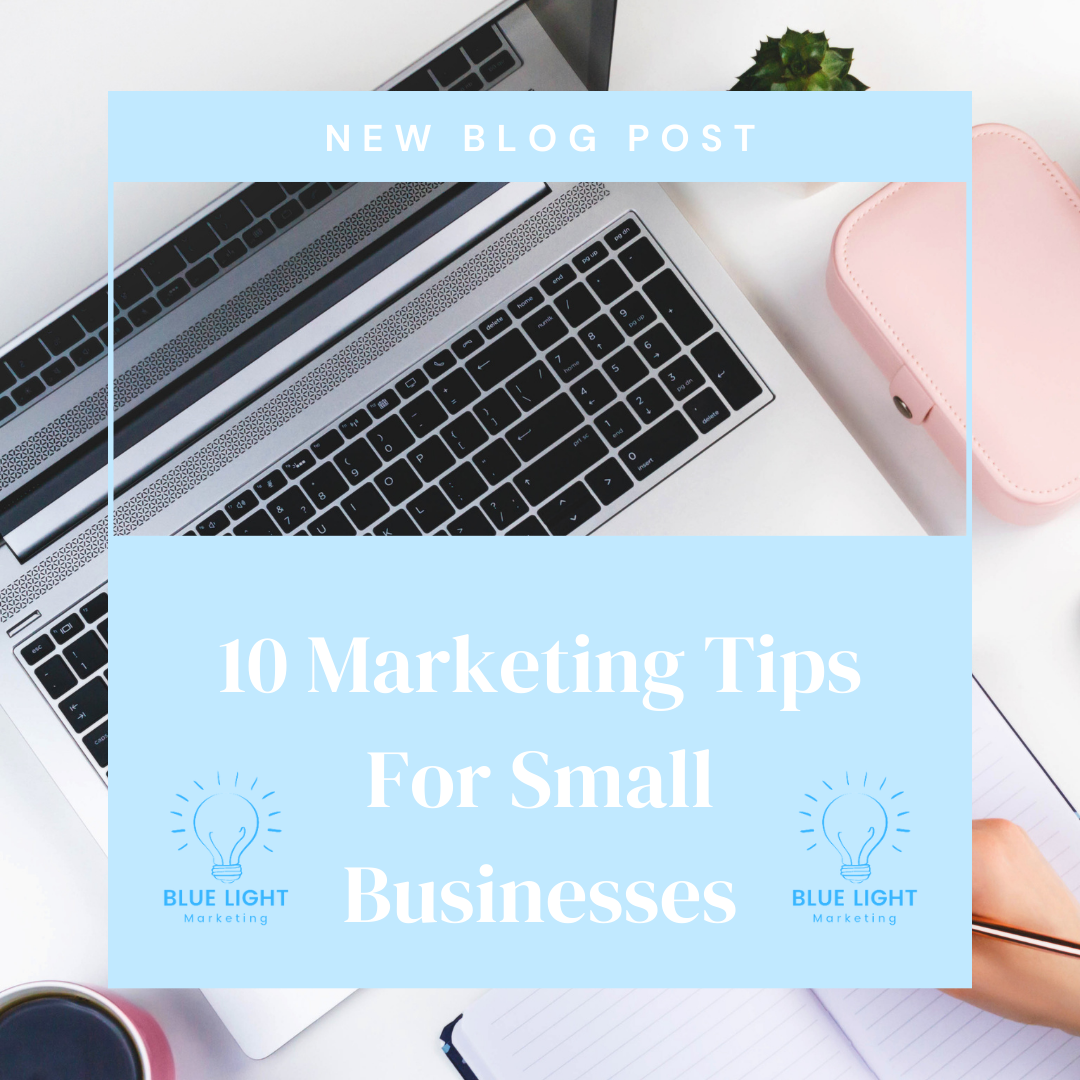- Advertise on social media.
- Build out your social media strategy.
- Invest in ads.
- Know your audience.
- Determine your brand’s identity.
- Double-down on what works.
- Experiment with photo and video content.
- Track your site with analytics tools.
- Consider blogging to attract prospects for your website
- Email Marketing

Advertise on social media
Social media may appear to be nothing more than a pleasant way for people to interact and socialize, but it’s a valuable marketing tool. Most major social media sites have affordable advertising alternatives that allow you to tailor your postings to a specific demographic. While many small businesses have long advertised on Facebook, Twitter, and LinkedIn, Instagram’s Shoppable functionality now allows brands to promote.
Build out your social media strategy
While Facebook and Google will be useful for local searches and reviews, networks like Instagram, LinkedIn, and Twitter will allow you to spread your posts, content, and promotions even more widely. These platforms will give your clients another way to locate you if they can buy your products or services online. Don’t overextend yourself by signing up for too many platforms at once.
Invest in Ads
Organic traffic takes time to build, and as a small business, you’d rather put your money into quick wins. Pay-to-play strategies that target consumers with strong intent are excellent for achieving short-term results and launching subsequent goals. If you know your target audience is browsing the web for your product or solution, Google Ads are ideal. If they aren’t, you might want to look into social media ads. Individuals on social media have lower purchasing intent, but with well-targeted ads and enough exposure, you may pique your audience’s curiosity.
Know your audience
A common mistake is to believe that “anyone” can be your buyer. Larger enterprises may be able to appeal to a larger market, but there’s a reason why they say, “the riches are in the niches.” As a tiny business, you’ll have the most clout in a specialty. And you must grasp their pains, issues, triggering events, and priorities to build a niche and appeal to buyers within it.
What is it that is driving them to make a purchase? What would it look like if they achieve their goal? Knowing these things will aid you in crafting message that resonates with your target audience and creates a convincing argument for your solution.
Determine your brand’s identity
Having a consistent brand identity to market your company will help you appear more professional and attract new consumers. The creator of Amazon, Jeff Bezos, has described branding as “what other people say about you while you’re not in the room.” To put it another way, your brand is the reactions and sentiments people experience when they hear your company name. It’s a mix of your company’s name, logo, aesthetic, and asset design.
Double-down on what works
Pay attention to the statistics once your initiatives are up and running and you’ve tried a few things. This can help you figure out what’s working. It’s a good idea to double-down on established revenue-generating tactics as you grow.
Experiment with photo and video content
According to HubSpot Research, more than 50% of consumers want to see videos from brands. Most social networking programs, such as Facebook and Instagram, are also adopting more graphic design. It’s a good idea to develop a few marketing videos to keep up with these trends.
Track your site with analytics tools
If you’ve never built a website before and aren’t sure where to begin with the technical aspects, there are a number of free tools and services available to assist you. Make sure you use Google Analytics (a free product) when building your website so you can quickly track who is visiting it.
Consider blogging to attract prospects for your website
Blogging is an excellent approach to create organic traffic, especially from prospects who have not yet made a purchase decision. It can also help you gain credibility in your field and position yourself as a thought leader. You can use a cheap or free website builder to create a free site and use one of their themes to start a blog. Even if you simply publish once a week, it will help to increase your website’s online presence and educate your potential clients about why they should trust your brand. Check out this beginner’s guide to writing if you’re planning on writing your own posts.

Email Marketing
Email marketing is an essential component of your marketing arsenal. In fact, according to HubSpot 73% of millennials prefer to receive business interactions via email. This method of communication is simple, free, and scalable for both new and existing consumers. While you don’t want to send too many emails to individuals who join up for your email list, you do want to send just enough to keep them informed and interested.
Start Marketing Your Business Today!
If you’re unsure of where to start drop us an email at info@bluelightmarketing.ie we can help get you up and running. Alternatively, you can sign up to our newsletter to keep up to date with marketing tips and tricks.


Comments are closed